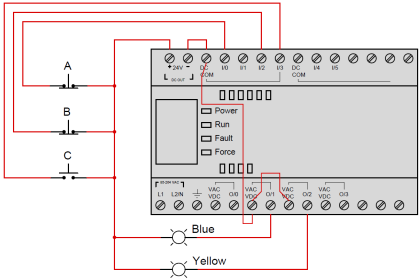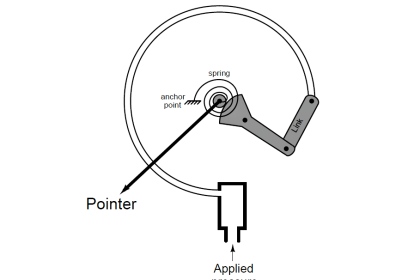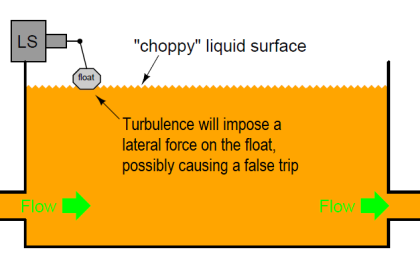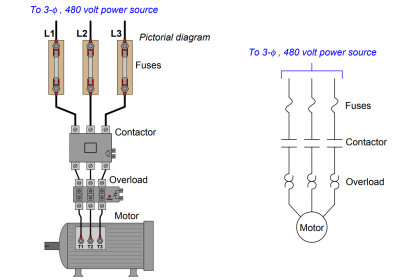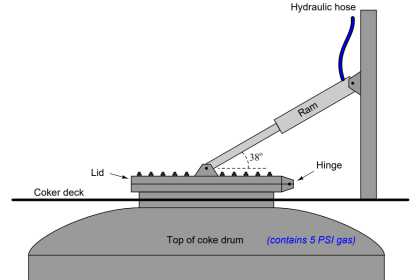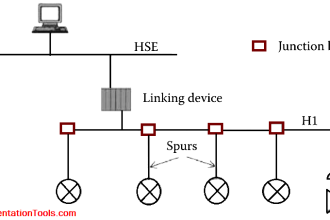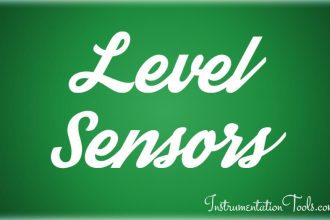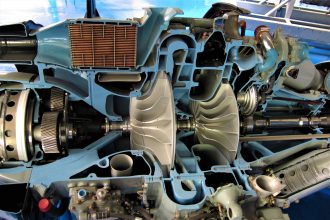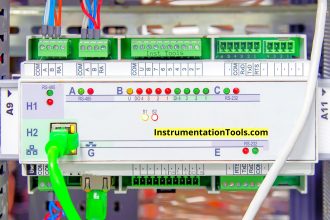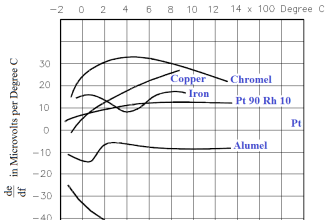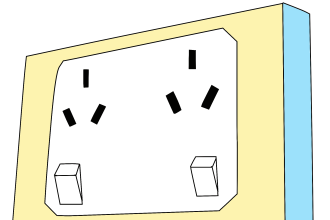Determine the functions of all pressure switches and relays in this steam boiler monitoring circuit, and what each of their designations mean:
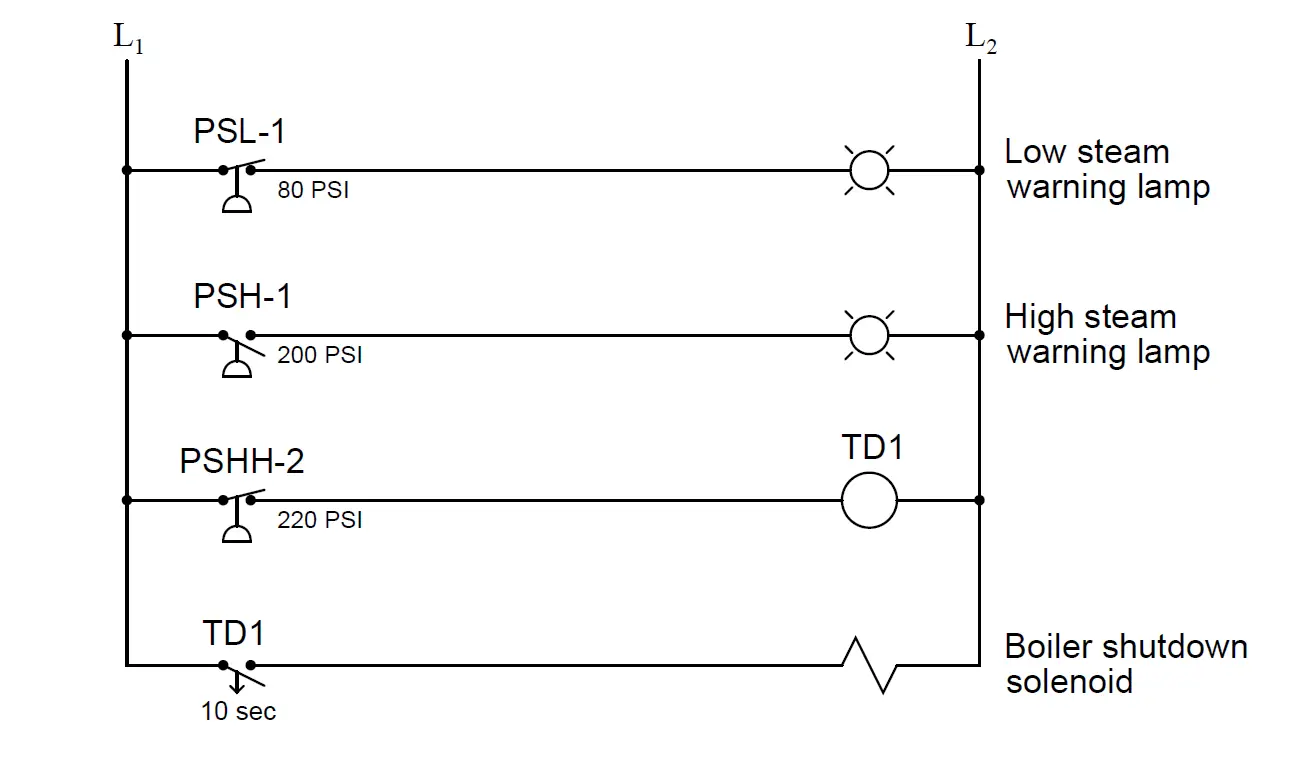
Also, explain the significance of the switch symbols: normally open versus normally closed. The time- delay relay (TD1) is especially important here!
Finally, add a “Lamp Test” pushbutton switch to this circuit which will force all lamps to energize when pressed, in order to test the proper operation of the lamps without waiting for an abnormal process condition to occur.
Explain the following questions :
- Why do you suppose a time-delay relay is used in this particular control application?
- Is the boiler shutdown solenoid energize-to-trip or de-energize-to-trip? Explain how we can tell from an examination of the schematic.
- Identify where in this circuit you could install a PSHHH (pressure switch high-high-high) that would trip the boiler immediately.
- Identify a circuit fault that would cause the boiler to needlessly shut down (a “safe” fault).
- Identify a circuit fault that would cause the boiler to not be able to shut down when it needs to (a “dangerous” fault).
Answer
- PSL = Pressure Switch, Low
- PSH = Pressure Switch, High
- PSHH = Pressure Switch, High-High
Both warning lamps should be off when the steam pressure is between 80 and 200 PSI. The boiler will automatically shut down when the shutdown solenoid de-energizes, and this will happen if the steam pressure exceeds 220 PSI for at least 10 seconds.
The difference between a “normally open” process switch and a “normally closed” process switch is vitally important for technicians to understand. The “normal” condition referred to in each label does not mean the condition that is typical for the process. Rather, it refers to a condition where the switch is subjected to minimum stimulus. In other words, the “normal” condition for each switch is:
- Temperature switch = cold
- Pressure switch = low or no pressure
- Level switch = empty vessel
- Flow switch = low or no flow
Share Your Answer / Comments
Credits : by Tony R. Kuphaldt – under CC BY 1.0


